Supply chain management today is a complex endeavour. Regardless of how many Enterprise Resource Planning (ERP) solutions, workflow tools, digital shipment tracking devices or other integrated monitoring solutions are deployed, complexities, product losses and inaccurate data management abound.
No longer the responsibility of one or maybe two players, today’s supply chain is riddled with multiple parties, multiple checkpoints and – across them all – a tangled web of processes and systems that need to properly integrate to function cohesively.
The prevalence of inaccuracies, billing disputes, and outright fraud and corruption, means that the whole supply chain needs to be properly audited by impartial third parties, and often. However, imagine if the entire supply chain could be managed electronically from raw material phase right up to customer delivery, with no room for errors, and in such a way that many time-consuming weigh and check points were no longer required? Imagine the speed at which a product could flow from A to B.
Enter the blockchain
Blockchain technology is mostly known in the financial sector; it’s origins fused with those of cryptocurrencies that have relied upon its transparency and unparalleled security to underpin their success. Essentially, a decentralised, distributed digital ledger, the blockchain can be used to record transactions for anything of value across a system of computers in such a way the no record can be altered retroactively without consensus across the entire computer system.
In the financial sector, it is being explored and actively used to conduct financial transactions and even manage contracts. For the supply chain, the benefits supersede merely keeping accurate records: radically reducing the excessive amount of time spent on paperwork and authorisation. Currently, most of the delays on product or materials shipments are due to these two requirements. On the blockchain, only a digital signature is needed, and the accuracy and authenticity of the digital paper trail is such that no time needs be wasted on verifying previous records.
IBM and Colombia University establish centre to accelerate blockchain innovation
Accenture and Thales unveil blockchain tech to support aerospace and defence supply chains
Citrusxchange launches blockchain platform for supply chain and invoicing
Verify authenticity
Let’s take the diamond trade where, currently, the consumer has to rely on a certificate to validate a stone’s authenticity. A piece of paper can easily be changed, and many a diamond owner has discovered their flawless stone is little more than glass or a far lesser diamond when they take it for valuation, usually with the intention to sell.
Using the blockchain, diamonds can be uniquely barcoded upon exit from the mine in which it was quarried, as a raw stone, and moved across the supply chain while maintaining the integrity of its information, changes made, and details of hands it has crossed. Across the entire supply chain, authenticity is verified and no unauthorised changes are able to be made, so the end purchaser is able to trace the origins of the stone (and, in fact, any other materials used to make the final product) and its entire journey.
Similarly, the origins, service and ownership histories of used vehicles can be traced back on the blockchain, reducing service fraud (such as where odometers are recalibrated) as well as the number of stolen vehicles in circulation and – hopefully – putting an end to these industries entirely.
Transparency and Security
Security and transparency aren’t terms that typically go hand in hand yet, on the blockchain, they do. As mentioned, the security on the blockchain disallows any form of unauthorised change and ensures that authenticity is maintained. By storing “blocks” of information that are identical and require collective approval across its network, the blockchain cannot be controlled by any single entity, nor has it got a single point of failure, making it the most secure platform to date.
Transparency is provided, however, the blockchain is programmed in such a way that only authorised entities may access the information relevant to their particular interest. For example, a purchaser may be able to view transaction history but will be denied access to sensitive or personal information, such as addresses.
From a compliance perspective, this helps ensure that all parties remain compliant with legislations such as General Data Protection Regulation (GDPR) in the European Union and Protection of Personal Information (PoPI) Act in South Africa, while still being able to share or access the information relevant to their own part of the supply chain.
Blockchain technology has many, many use cases, with the supply chain being one of many. However, with the complexities and number of parties involved in the supply chain, it posits the blockchain as being the perfect solution to solve any number of challenges currently experienced, among them security, delays and authenticity.
Author – VISHAL BARAPATRE, CHIEF TECHNOLOGY OFFICER AT IN2IT TECHNOLOGIES
Courtesy of https://www.supplychaindigital.com/technology/comment-blockchain-solving-supply-chain-management-challenges

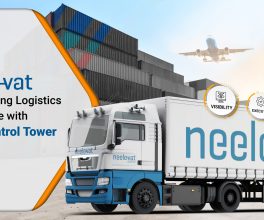
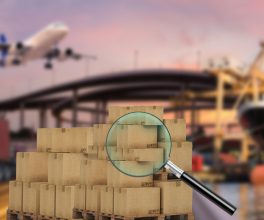

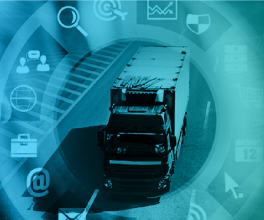

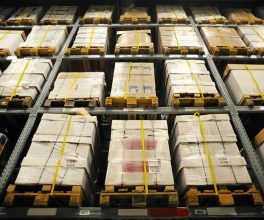
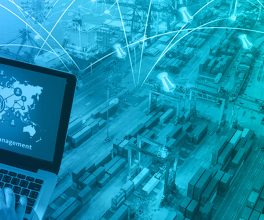

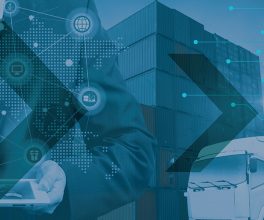

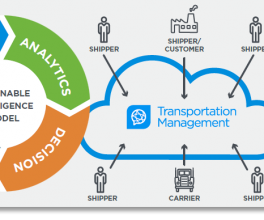


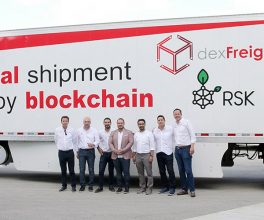
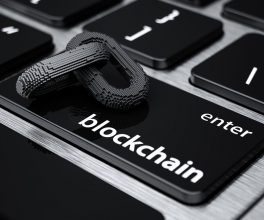



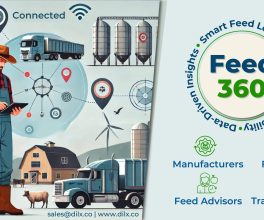
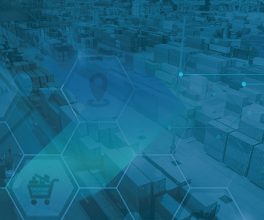


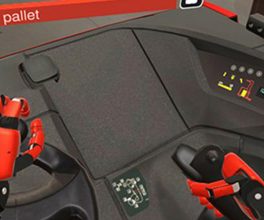


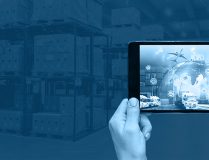


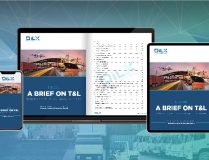

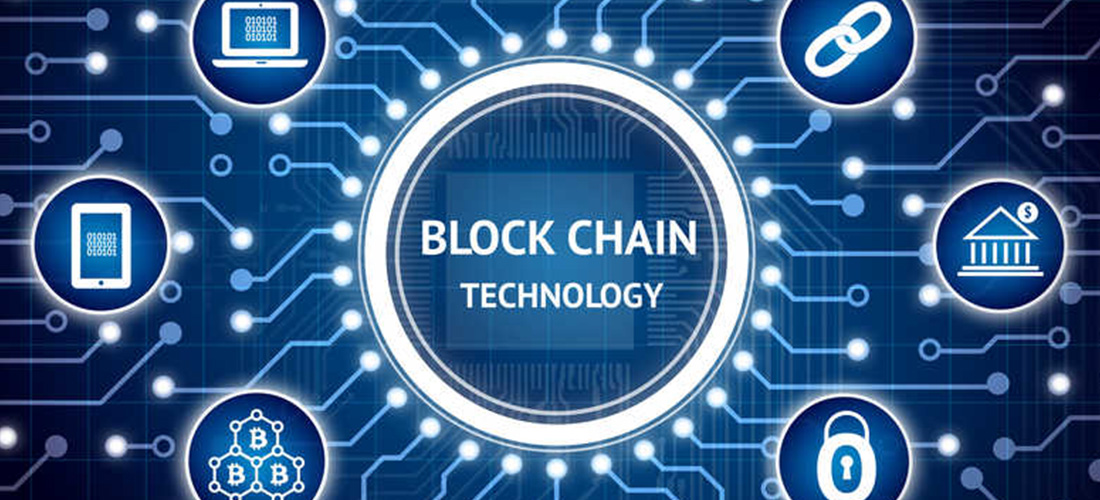
I’m not that much of a internet reader to be honest but your blogs really nice, keep it up!
I’ll go ahead and bookmark your site to come
back later on. All the best